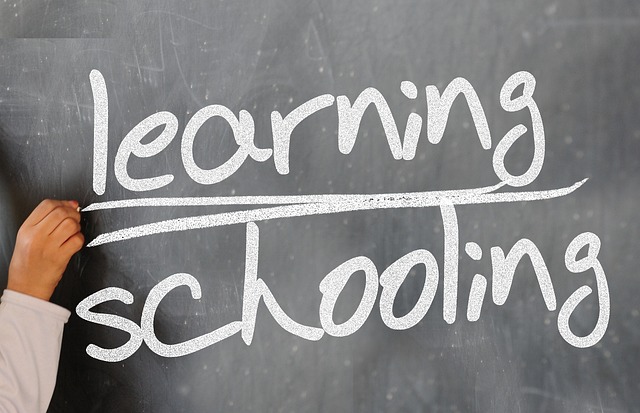Practical Guide to Tutoring Services for Better Learning
Tutoring services have become an important part of modern education, supporting students from primary school through higher education and lifelong learning. Whether you’re seeking academic help, music instruction, or focused skill-building, a tutor can tailor lessons to individual needs, bridge gaps left in the classroom, and boost confidence. This guide explains how tutoring works, what to expect, and how tutors complement teachers and classroom learning.

music: How does music support learning?
Music instruction through tutoring extends beyond learning notes and technique; it can sharpen memory, discipline, and creative thinking. A music tutor adapts lessons to the student’s pace, choosing repertoire that motivates and exercises ear training, rhythm, and sight-reading. For younger learners, playful approaches reinforce fundamentals while older students may receive performance coaching, theory, or exam preparation. Tutored music lessons can be offered in-person or online and often include practice plans, recorded demonstrations, and progress checkpoints that help transfer musical skills into broader cognitive benefits useful in other subjects.
education: What role does tutoring play in education?
Tutoring supplements formal education by offering individualized attention that classrooms often can’t provide. Tutors assess learning gaps, customize instruction, and reinforce study skills like note-taking, test preparation, and time management. In many cases, tutoring helps students meet curriculum standards, prepare for assessments, or accelerate enrichment beyond the standard classroom pace. Tutoring also supports differentiated learning styles—visual, auditory, kinesthetic—so instruction aligns with how a student learns best. When coordinated with teachers and schools, tutoring becomes part of a holistic educational plan rather than a separate or competing element.
teacher: How does a teacher and tutor differ?
Teachers are trained to manage whole-class instruction, curriculum pacing, and standards compliance; tutors focus on one-on-one or small-group needs and personalization. A teacher’s role includes lesson planning for many students, classroom management, and assessment for standards. A tutor, by contrast, diagnoses individual strengths and weaknesses, offers targeted remediation, and provides flexible pacing. Tutors may have subject expertise, special education training, or practical experience (like a professional musician tutoring music students). Both roles are complementary: teachers set the curriculum framework while tutors reinforce and customize learning to help each student succeed within that framework.
tutor: What should you expect from a tutor?
Expect a tutor to begin with an assessment—informal or formal—to identify gaps and set measurable goals. Good tutors create lesson plans, assign focused practice, and provide regular feedback. They should track progress with short-term milestones and adapt strategies if methods aren’t effective. Communication is important: tutors typically report to parents, guardians, or the student about strengths and areas for improvement, and they may collaborate with classroom teachers when appropriate. Qualifications vary—look for relevant subject knowledge, teaching or tutoring experience, and positive references. For music tutoring, expect demonstrations, repertoire selection, and technique correction.
classroom: Can tutoring improve classroom performance?
Yes. Tutoring reinforces classroom learning by clarifying concepts introduced by teachers, providing additional practice, and developing study strategies that translate back to the classroom environment. Tutors can pre-teach upcoming topics so students enter class prepared, or review lessons to solidify understanding. This targeted reinforcement often reduces frustration, increases participation, and improves grades. Tutoring also builds academic habits—routine practice, goal-setting, and reflective learning—that help students engage more confidently during classroom instruction. When tutoring addresses specific curriculum objectives, improvements are typically more measurable and sustained.
A thoughtful approach to choosing tutoring services includes checking credentials, matching teaching styles, and confirming lesson structure. Look for tutors who provide clear learning objectives, assessment strategies, and flexibility to work with local services or online platforms to suit scheduling needs. For subject-specific areas like music, inquire about performance experience and pedagogical training. If coordination with a classroom teacher is desirable, ask the tutor how they’ll align sessions with classroom goals and assessments.
Conclusion
Tutoring services are a versatile and effective complement to traditional education, offering personalized instruction that addresses individual learning needs, supports classroom material, and develops long-term academic skills. Whether focused on music, math, language, or study habits, a well-chosen tutor brings targeted strategies, regular feedback, and accountability that can accelerate progress and build confidence. By understanding the different roles of teachers and tutors, setting clear goals, and selecting a tutor whose approach fits the learner, families and students can make informed choices about integrating tutoring into an educational plan.






